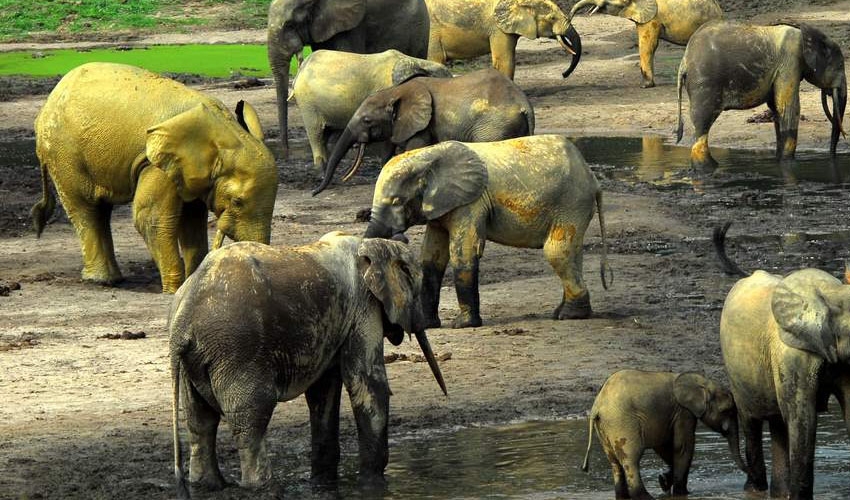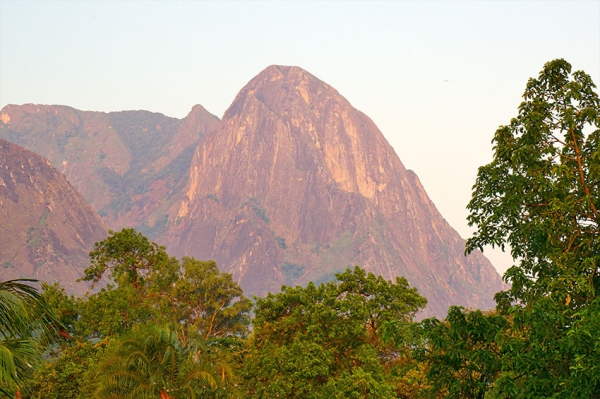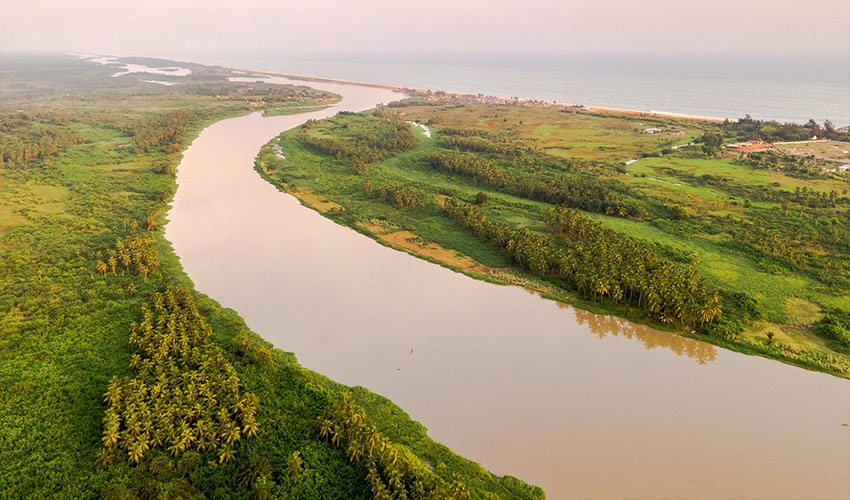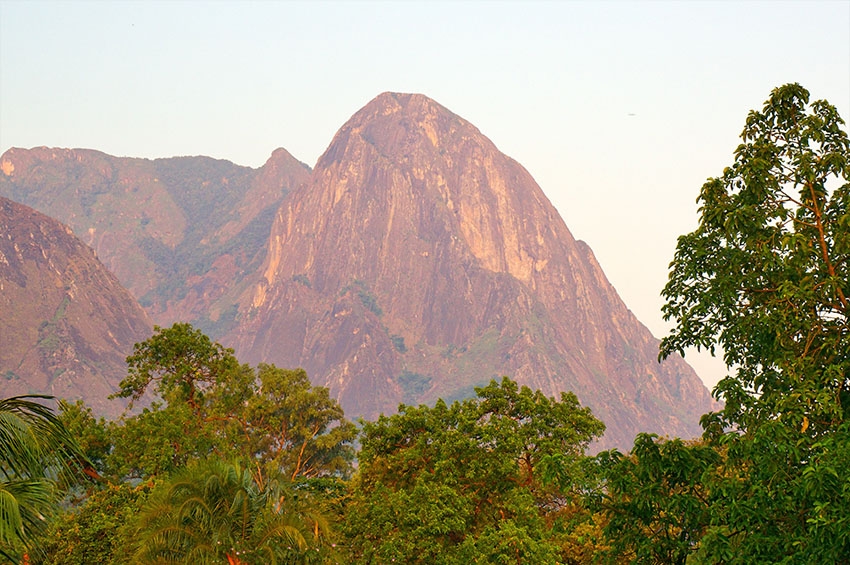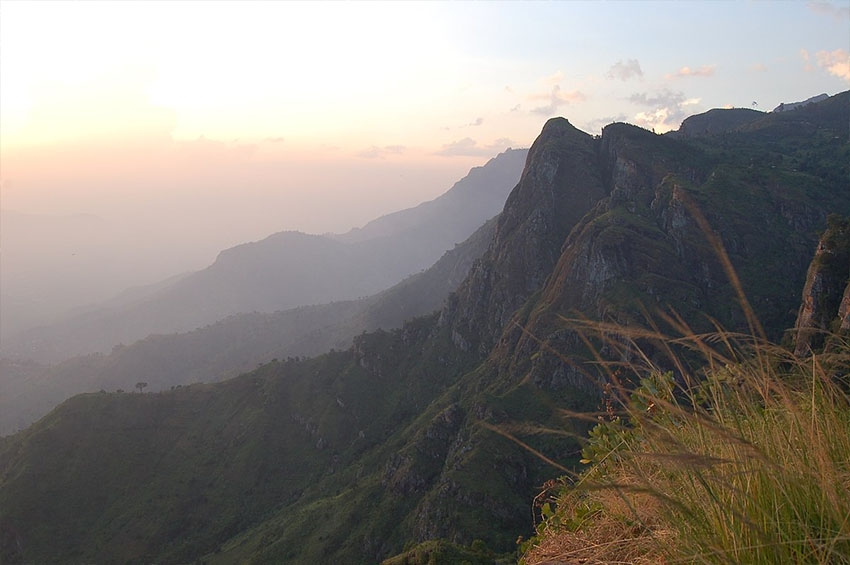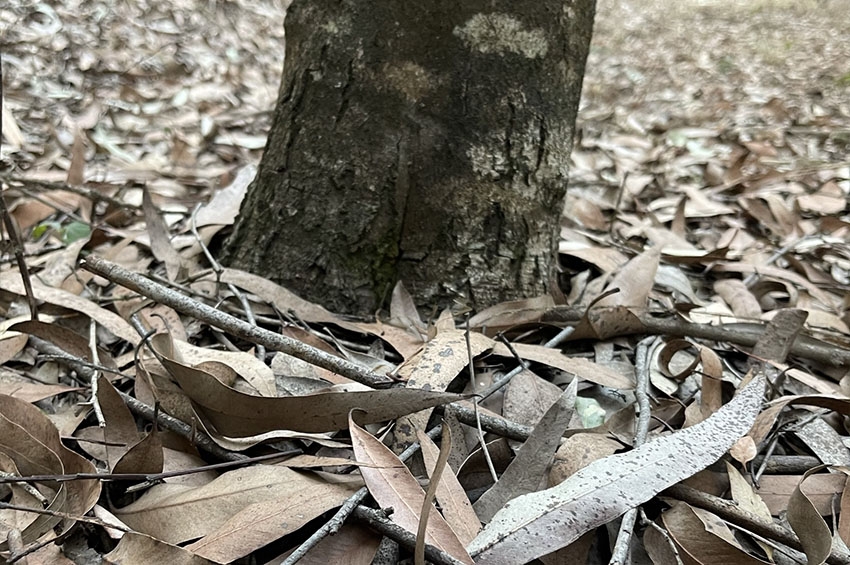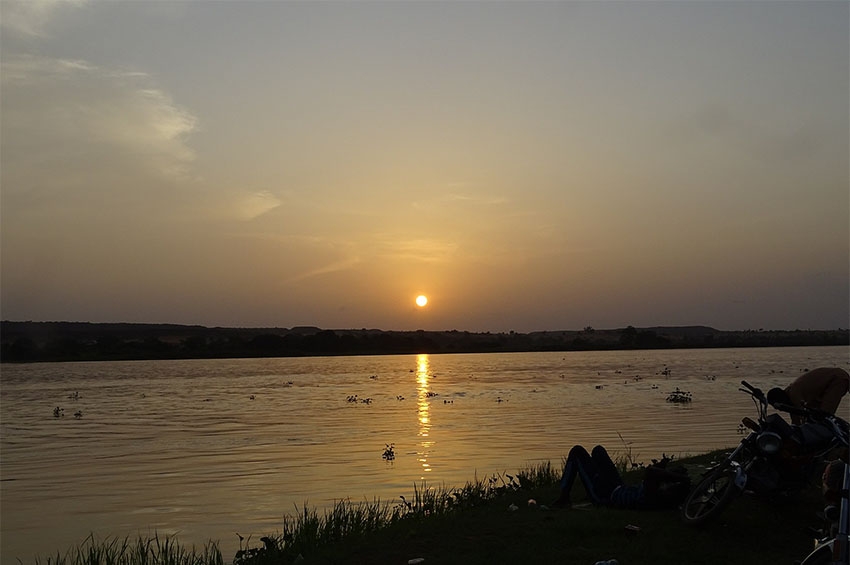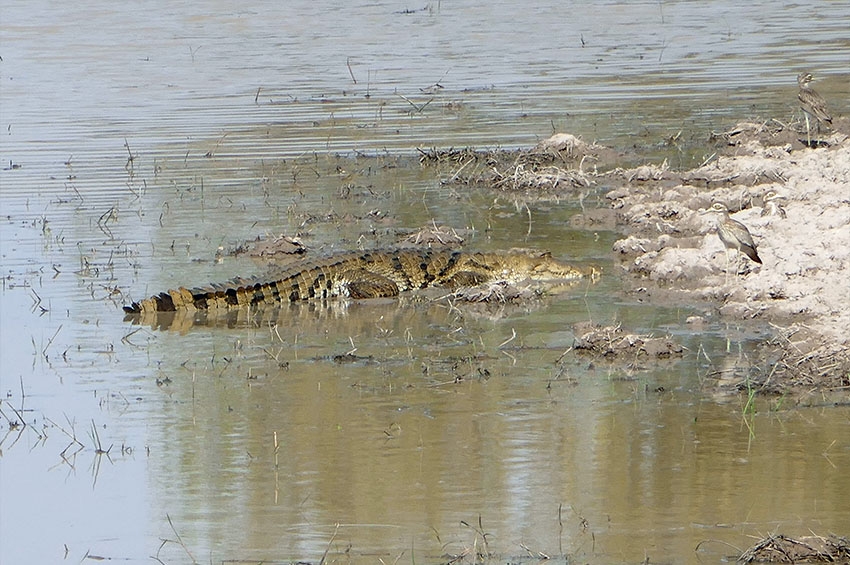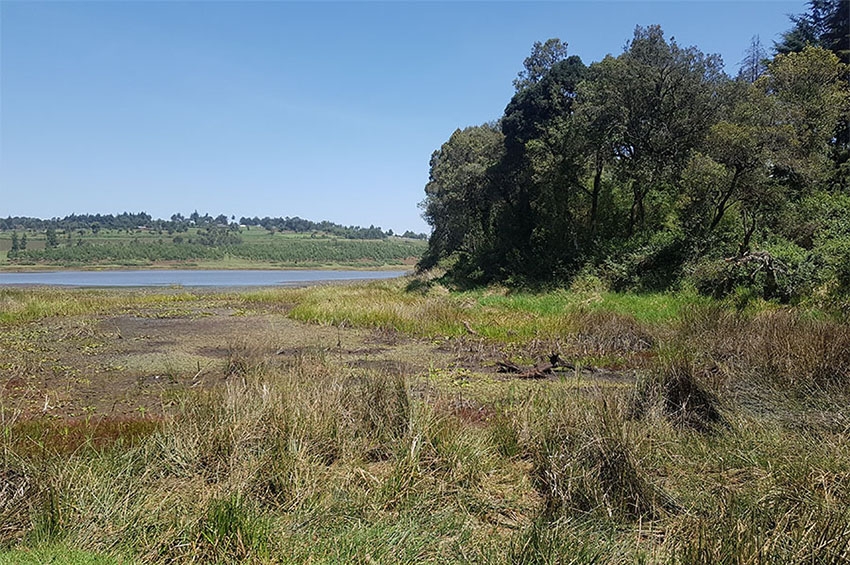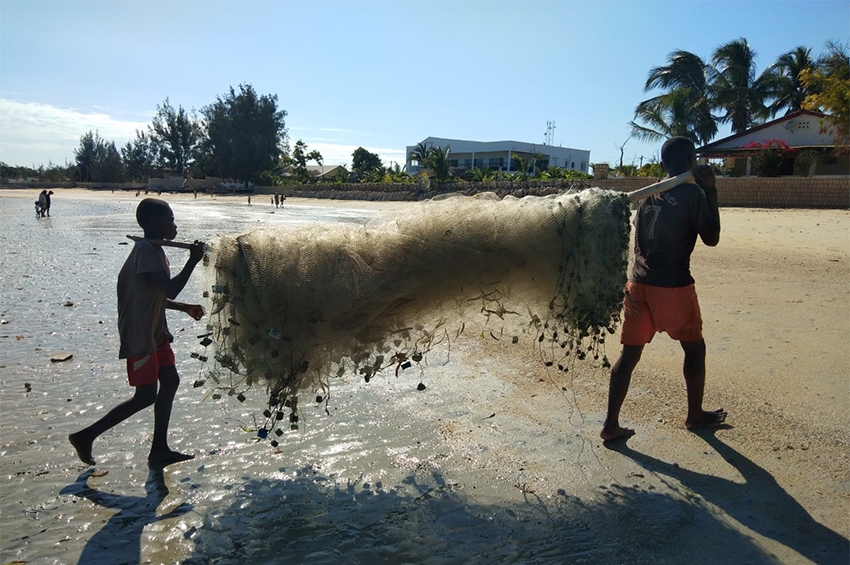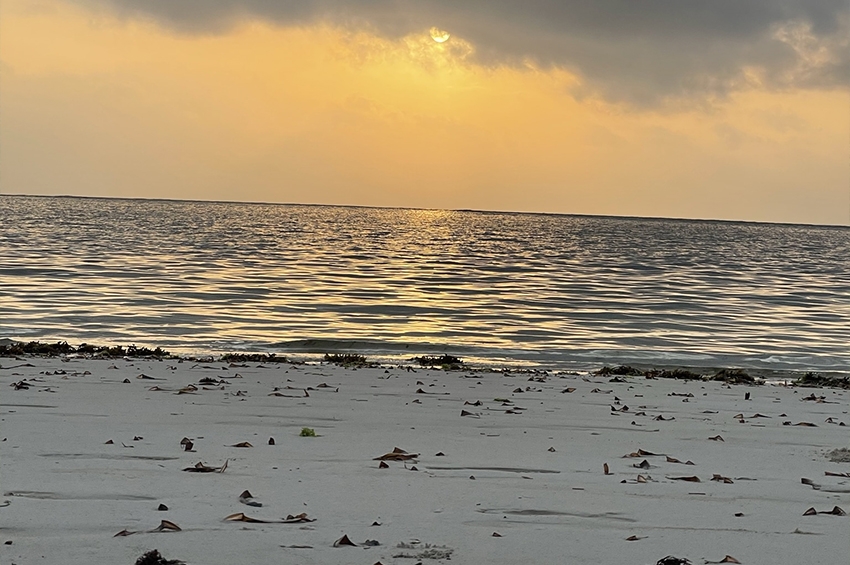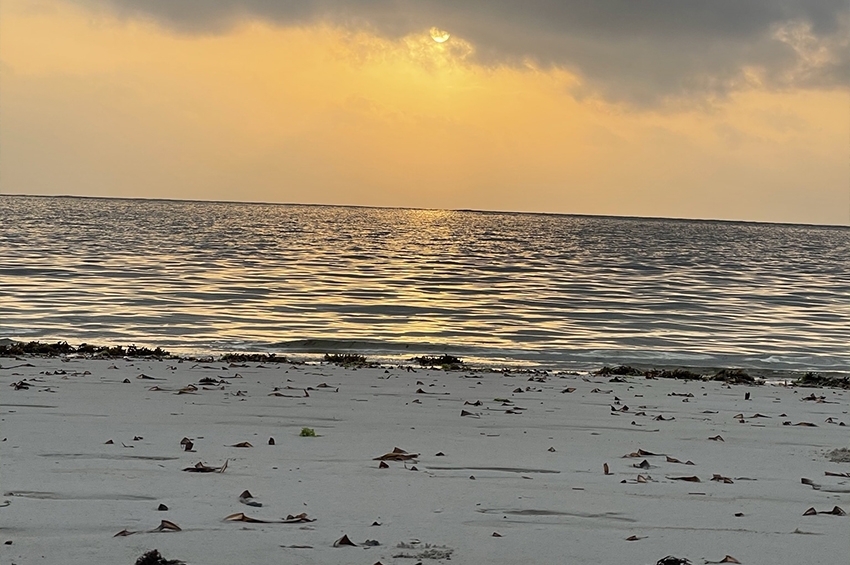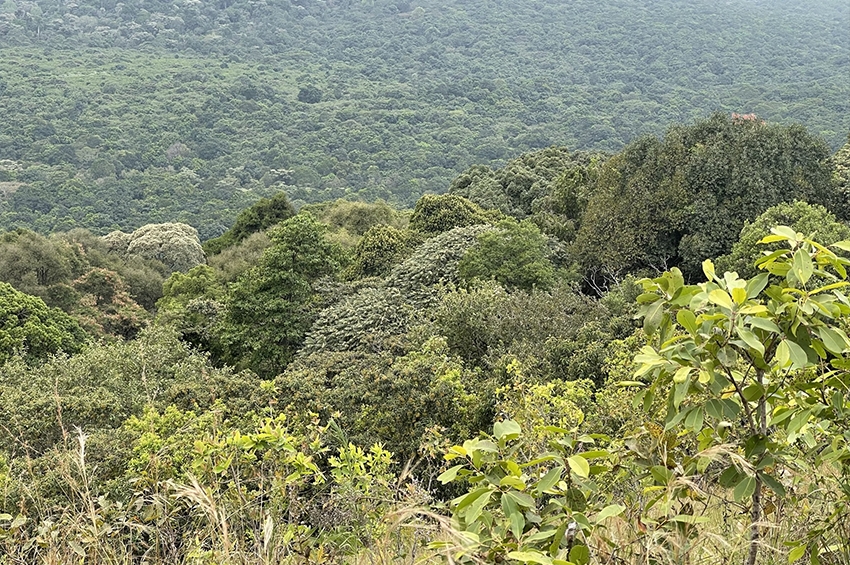The Mulanje cedar tree is endemic to Mulanje Mountain. It has a very strong wood fibre content that makes it attractive for wood carvers and the construction industry. It also endures harsh conditions like termite attacks and fungal infections. It also has a very good and attractive aromatic smell. Unfortunately, these fine qualities present some of the reasons why the Mulanje trees have been severely felled over the years.
Mulanje is actually a district found in the extreme south eastern part of Malawi, which is also home to Mt. Mulanje, Malawi’s highest mountain. The Mulanje tree was set aside as a tree of national importance in 1984 by the first Head of State, the late President Dr. Hastings Kamuzu Banda.
Concerning the future prospects of Mulanje trees, the Acting Director of Forestry Research Institute of Malawi (FRIM), Dr. Tembo Chanyenga, says government has marshalled support from various stakeholders to ensure the survival and flourish Mulanje trees. Efforts have been poured into planting Mulanje tree seedlings on other forest reserves that are known to have almost similar weather patterns and ecological factors.
One of the other forest reserves where Mulanje has been planted is the Zomba Forest Plantation. Mulanje trees that were planted here several years earlier are flourishing. This has come as a surprise to many local people who have previously held on the belief that the Mulanje cedar tree cannot grow anywhere in Malawi apart from Mt. Mulanje, its natural habitat.
Contrary to this, the 53,000 hectare Viphya Plantation together with the Zomba and Dedza mountain forest plantations have proven to be suitable for the growth of Mulanje cedars. These trees grew in the Viphya Forest Plantation as early as the early 1970s.
As part of financially equipping local communities living on the edge of the Mulanje Mountain, the Malawian Government purchased a total of 500,000 Mulanje cedar tree seedlings local communities. This was undertaken in partnership with the Mulanje Mountain Conservation Trust.
As a result of these concerted efforts, over 6,000 hectares of Mulanje Mountain around Litchenya and surrounding areas on top of the mountain have seen widespread afforestation efforts.
According to research by the Forest Research Institute of Malawi, Mulanje trees have reduced from 1,462 hectares in 1986 to 917 hectares in 2014. This has been largely attributed to increased illegal logging. This extent of loss translates to one hectare being lost each year for the whole period of 28 years.
Lucky enough, communities living in and around Mulanje mountain and the coming into action of government through the Department of Forestry’s Forest Research Institute of Malawi(FRIM) ,the Darwin Institute with a combination of Mulanje Mountain Conservation Trust, Mulanje mountain has started wearing a total new but original green face.
Further to this, the preservatory and conservatory measures being implemented by the Malawi Government alongside some international organizations, is part of a wide ranging move to making the tree have a longlife while fighting against its possible extinction from the surface of the earth, more specially from the Mulanje mountain. For example and as mentioned above, other sites in other forest areas like on the Viphya, Dedza and Zomba have had part of them planted to Mulanje cedar. This is part of the move by government to have the tree species not lose face on the surface of the earth and that government does not have to lose it due to high level of illegal harvesting by illegal timber loggers. It is very likely that with time, more Mulanje cedar trees plantations will be seen sprouting in many other plantations other than on Mulanje alone more especially those with a weather pattern that is synonymous to Mulanje mountain and is ecologically compartibaleto that which is found on Mulanje mountain.
There are a number of reasons as why government is taking replantingof the cedar tree on Mulanje mountain very seriously. As said before, this is partly taking place as a trial exercise in all other three forest plantations of Dedza, Zomba and the Viphya Forest Plantation. Of the main reasons that are there, this is taking place to restore the tree species which is currently facing insurmountable challenges by illegal timber loggers plying their trade on the mountain targeting the tree species. The replanting is being done through various initiatives by government and other stakeholders or players already on the mountain. This is regarded as one of the most paramount initiatives so far done with a sole aim of trying to bring back the existence of the Mulanje cedar on Mulanje and other pockets of the country to avert the likelihood of its extinction.This exercise is regarded as coming at the nick of time as the tree species is now failing to regenerate on its own as it used to beand muchas expected. This is due to high levels of uncontrolled bushfires which have burnt down a larger part of them which naturally help with their seeds which naturally fall off from mature Mulanje cedar onto the ground and germinate during the rainy season.
The other reason being that there is much bare ground in most areas on the Mulanje mountain which exposes the seeds if any to various natural hard factors not conducive enough to promote their survival and germination. This exposure also facilitates a lot of soil erosion which naturally erodes the seeds away from the ground which otherwise could have given rise to natural regeneration. Commenting in this exercise, one tourist from France Jean Marcoise praised government for what he saw which he said is one of the most crucial activities any government can take mainly to restore the tree species. Further, he said, the tree which is known to be endemic to Mulanje mountain is one very well- known even in his country that it as rare properties which many trees do not have such as its resistance against fungal and any other infections which easily attack other tree species.
Otherwise the major threat so far noted to the presence of the Mulanje cedar is continued unsustainable illegal harvesting of the tree species. Many of the timber loggers have on several occasions been apprehended and brought before court for prosecution. This has helped in bringing sanity but in a hard way. A good example was in 2016 when a horde of 36 illegal timber loggers clashed with members of the military who were deployed to the mountain to curb the malpractice and help in saving the Mulanje cedar and other trees on Mulanje mountain. Many though in thisillegal business, failed to pay for their petty nominal fines of about $50 to $70 which failure saw them serving varying imprisonment terms which ranged from 3 to 8 months. Their equipment like panga knives, adzes and were confiscated to government by the court. This is but one of the many arreststhat have been effected on these people by members of the Malawi police who undertook the prosecution and other court processes as a deterrent factor.
POSITIVE DEVELOPMENT
It is however pleasing to note that Mulanje cedar clusters are now getting much more commonly seen in all forest plantations where they are known to have been planted . With secial reference to what is happening on Mulanje mountain, many local communities have now realized that there are an undisputed reasons as why Muanje cedar tree has to be restored, sustained and maintained for future generation more so as a tree that is rare and endemic to Malawi’s Mulanje mountain. Communities have also noted with deep regret of their uncontrollably insatiable thirst for the tree timber resulting in engaging themselves in illegal logging. One of the member of the community living close toMulanje’s Church of Central Africa Presbytery (CCAP) but refused to be captured on camera and known in the area as John Muhiyu, applauded government’s efforts to restore the Mulanje cedar saying it is a tree that has rare properties, helps in attracting foreign and local tourists only to see it and also to see the Mulanje mountain. He said this helps quite a lot in revenue generation for the Mulanje District Council which is why there is need for them as a community not only in Mulanje but with the rest of the country to gang up against any form of abuse of the Mulanje cedar that it is spared from the pangs of insatiable hunger of illegal timber loggers who, for the past decades, have stubbornly continued to illegally cash in on the tree for its wood.
As part of preserving the Mulanje cedar and other ecological factors, the Mulanje Mountain Conservation Trust embarked on removal from the mountain’s terrain an invasive plant which is alien to the provenance which is known and only fit for the Mulanje cedar. This invasive plant is the Mexican pine. This work though very costly was done in 2017 and has really paid dividends to the mountain s much of it has bveen eradicated if not uprooted from Mulanje mountain thereby creating more room for the artificial replanting and eventual growth of the Mulanje cedar.

